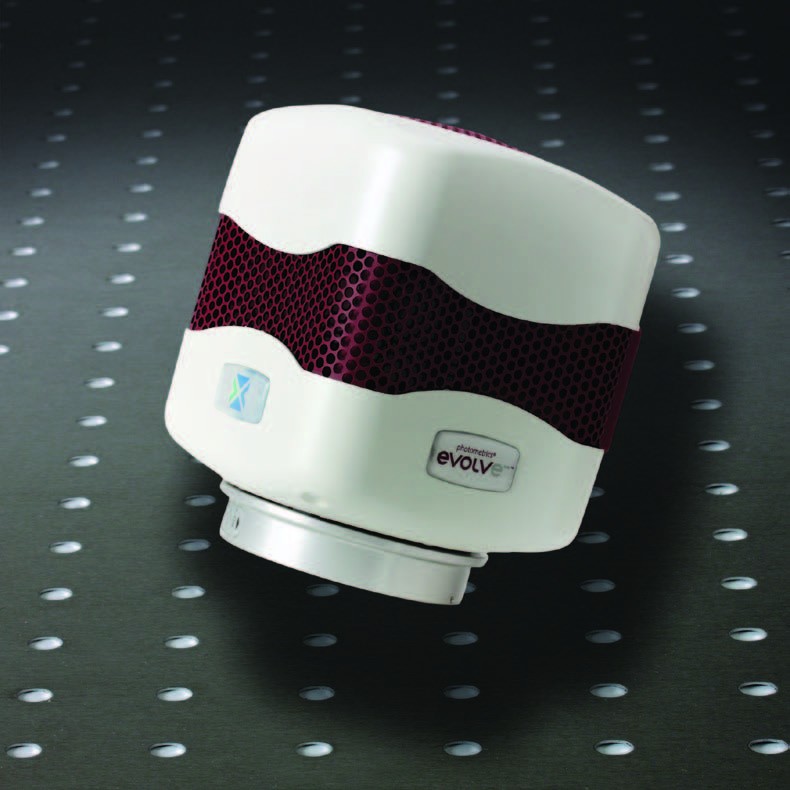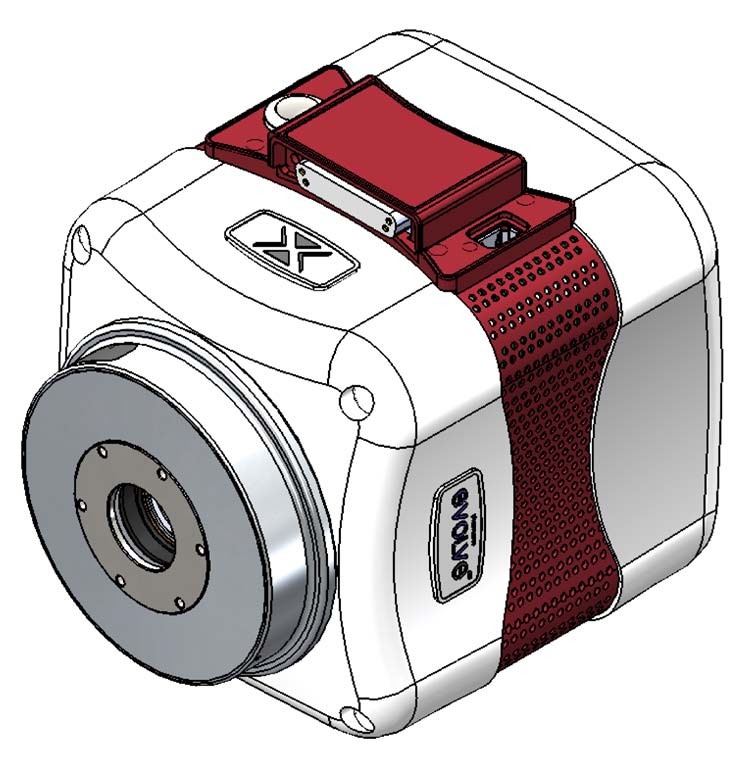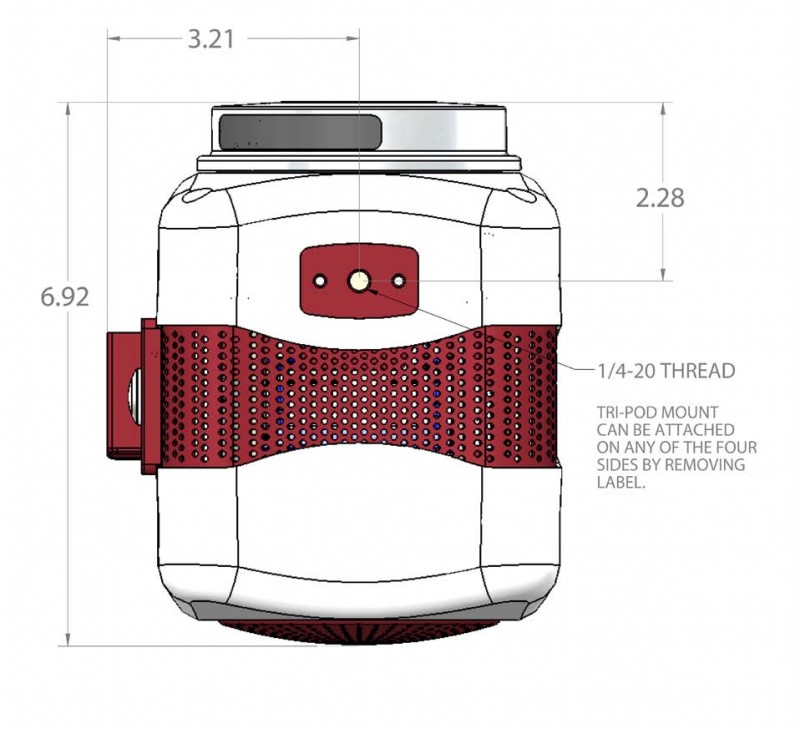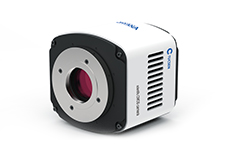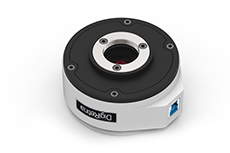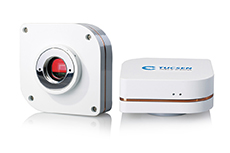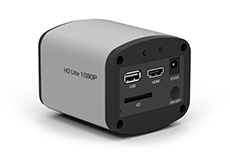| Specifications |
| Read Noise ( e- rms
@ Gain State 3 ) | 46e- ( Gain State 2 ) |
| 10 MHz EM Port | |
| Pixel Well Depth | |
| Active area | 200,000 e- |
| Gain register | 800, 000 e- |
| Bias stability | |
| A measurement of the
camera stability when no light hits the sensor. | ≤ 0.001 ADU / Frmae |
| A stop of zero would
be ideal. | |
| Gain stability | ≤ 0.3 ADU / Frame ( @ 10MHz, 350x, Gain State 2, 20k
ADU ) |
| A mesurement of the
stability of the electron multiplecation applied to images. | |
| ideal value would be
0. The stability of the EM gain applied can be quantified by | |
| measuring the stope
of a sequence of image with known amount of light and EM | |
| Gain applied. | |
| Field uniformity | 10MHz EM
1.07 |
| The image quality of
the EMCCD is assessed for gradients. A complete lack of any | |
| gradient would
provide a numerical value of 1.00 | |
| Baseline bias value | 500ADU but can be varied |
| Cooling tempureture | Air cooled ( @ ambient air 20°C
) -85°C |
| Dark current | 0.0069e- / pixel / sec |
| Background event | 0.01 events / pixel |
| ( 10 MHz, 1000x EM
gain ) Standard operation | |
| Relative charge
transfer efficiendy | Optimized on each camera |
| Photometrics is able
to measure this on each camera and optimize this parameter. | |
| Charge transfer
efficiency | As specified by CCD manufacturer's data sheet |
| Dark signal non -
unifomity ( DSNU ) | As specified by CCD manufacturer's data sheet |
| Photoresponse non -
uniformity ( PRNU ) | As specified by CCD manufacturer's data sheet |
| Parallel shift rate | 100 rts. This is optimized with Charge. Transfer
Efficiency ( CTE ) and CLC. |
| Test results demonstrate that increasing parellel
shift rate further can decrese CTE, |
| adversely affecting image quality and sensitivity. |
